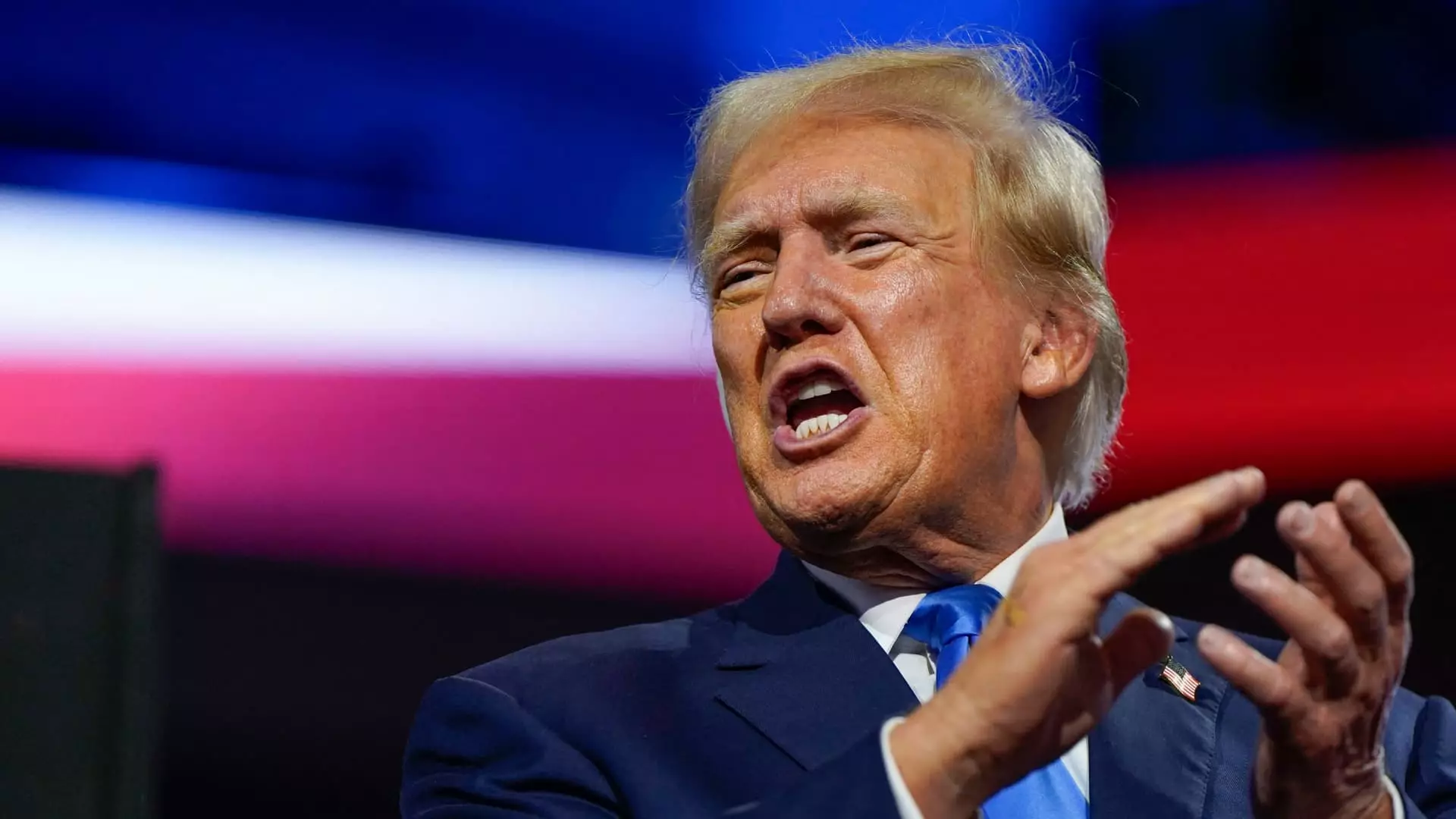With former President Donald Trump securing the Republican presidential nomination, there is an increased focus on Project 2025, a comprehensive policy plan put forth by The Heritage Foundation and over 100 other conservative organizations. This plan, outlined in the “Mandate for Leadership” document, aims to bring about significant changes to the U.S. income tax system, as well as reforms within the IRS. The proposal has stirred up interest and debate among both political parties.
Despite being associated with several former Trump officials, Trump himself has attempted to distance himself from Project 2025. He claims to have no knowledge of the plan, stating that it was not part of his agenda. Nevertheless, there are indications that key figures from his administration have been directly involved with the project, raising questions about the true extent of his ties to it. The Heritage Foundation, for its part, has remained relatively silent on the matter, emphasizing that Project 2025 is not endorsed by any specific candidate or campaign.
One of the central aspects of Project 2025 is the proposed overhaul of the federal income tax system. The plan suggests moving towards a simpler two-rate individual tax system with flat rates of 15% and 30%. This departure from the current tax brackets could potentially lead to significant changes in how individuals are taxed. Moreover, Project 2025 aims to eliminate many deductions, credits, and exclusions, while also considering the implementation of a consumption tax on goods and services to broaden the tax base.
In addition to tax reforms, Project 2025 includes proposals to lower taxes on investments for higher earners, specifically in terms of capital gains and qualified dividends. The plan also seeks to make changes to estate and gift tax exemptions, aiming to reduce rates and make certain exemptions permanent. These modifications could have significant implications for wealthier individuals and their financial planning strategies.
Notably, Project 2025 also engages in discussions around conservative trade policy, particularly pertaining to tariffs. While there are varying opinions within the project, it is clear that the issue of tariffs remains a focal point. Trump’s past statements and actions on tariffs are highlighted, showcasing the complexities and challenges associated with trade policy decisions.
The plan also addresses the need for changes within the IRS, with a focus on reducing the agency’s intrusiveness and increasing accountability. This includes proposals for budget cuts, as well as increased resources for the Office of the Taxpayer Advocate. The objective is to streamline operations, enhance technology, and improve taxpayer assistance within the IRS.
Project 2025 represents a comprehensive and intricate policy proposal that touches on various aspects of governance and taxation. While the plan outlines ambitious reforms, its implementation would require significant legislative support and political will. As political parties and stakeholders continue to evaluate and analyze the potential impacts of Project 2025, it remains to be seen how these proposed changes will shape the future of U.S. policy and governance.


Leave a Reply